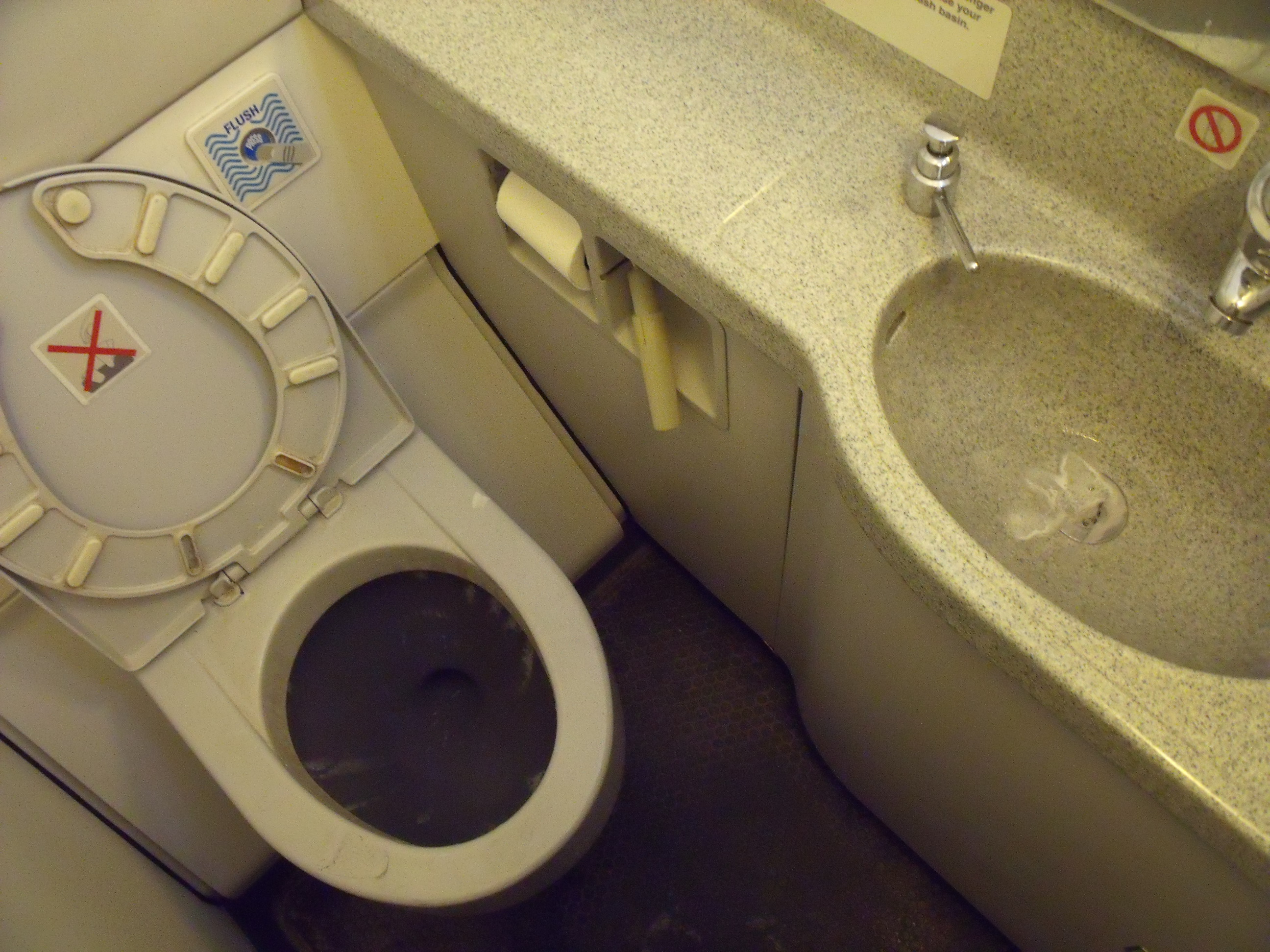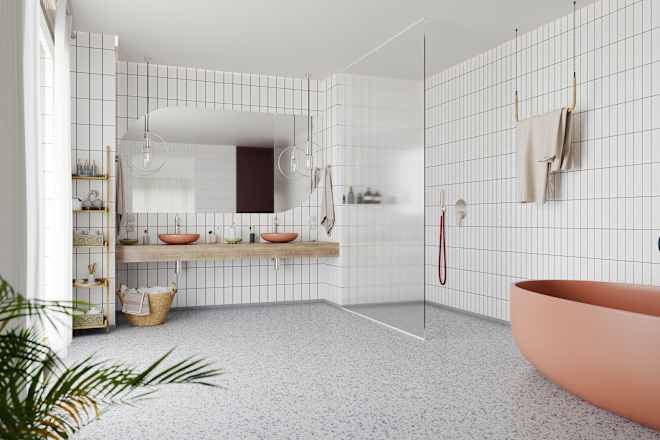Hyundai's Three-Wheeler Concept, Designed for the Indian Market
Hyundai has spied a design opportunity in India. That country, the world's most populous, is home to 1.46 billion people. But car ownership is extremely low—just 6.7% of Indian households own automobiles. Instead, 75% of vehicles on the road in India have two wheels. For Indians who can't afford a car but need more than a two-wheeler, the three-wheeled auto-rickshaw is a popular choice. "Roughly 8 million auto-rickshaws are on the roads across the country," wrote the ClimateWorks Foundation in 2020, "and they are the main source of daily income for millions of drivers as well as a major mode of transportation across income groups."These auto-rickshaws—called tuk-tuks outside of India—have dated designs that look decades old: Hyundai asked their design team to develop something better. The result is this Electric Three-Wheeler Concept, designed specifically for conditions in India, from both manufacturing and UX standpoints. Let's start with the UX. The vehicle has a flat floor and a wheelbase longer than typical in the category, to provide more legroom for the passengers and a better sitting position for the driver. The tires are larger than usual, better allowing them to deal with poor road conditions. There's a recovery hook, allowing the vehicle to be pulled if it gets stuck in a bad pothole.The Indian climate was also taken into account for the design. The vehicle can increase its ride height, allowing it to ford waterlogged streets during the monsoon season. While the interior materials haven't been settled upon, Hyundai says they're "exploring water resistant materials." And the plan is for the roof to use a type of low-gloss paint that will allegedly reduce the interior temperature in sweltering Indian heat.The vehicle uses mostly flat panels, for ease of manufacturing, and would reportedly incorporate recycled plastic. The company says they're "adopting a modular approach to ensure simple and practical manufacturing. The materials suggest a harmony between local sourcing and the potential for sustainability." Hyundai's design team also produced the four-wheel concept you see above, but say that they're "exploring global opportunities" for that model rather than pitching it for India.Lastly, the company says they're in talks with TVS Motor Company, an Indian manufacturer of auto-rickshaws, about possible production.

Hyundai has spied a design opportunity in India. That country, the world's most populous, is home to 1.46 billion people. But car ownership is extremely low—just 6.7% of Indian households own automobiles. Instead, 75% of vehicles on the road in India have two wheels. For Indians who can't afford a car but need more than a two-wheeler, the three-wheeled auto-rickshaw is a popular choice. "Roughly 8 million auto-rickshaws are on the roads across the country," wrote the ClimateWorks Foundation in 2020, "and they are the main source of daily income for millions of drivers as well as a major mode of transportation across income groups."

These auto-rickshaws—called tuk-tuks outside of India—have dated designs that look decades old:

Hyundai asked their design team to develop something better. The result is this Electric Three-Wheeler Concept, designed specifically for conditions in India, from both manufacturing and UX standpoints.

Let's start with the UX. The vehicle has a flat floor and a wheelbase longer than typical in the category, to provide more legroom for the passengers and a better sitting position for the driver. The tires are larger than usual, better allowing them to deal with poor road conditions. There's a recovery hook, allowing the vehicle to be pulled if it gets stuck in a bad pothole.
The Indian climate was also taken into account for the design. The vehicle can increase its ride height, allowing it to ford waterlogged streets during the monsoon season. While the interior materials haven't been settled upon, Hyundai says they're "exploring water resistant materials." And the plan is for the roof to use a type of low-gloss paint that will allegedly reduce the interior temperature in sweltering Indian heat.
The vehicle uses mostly flat panels, for ease of manufacturing, and would reportedly incorporate recycled plastic. The company says they're "adopting a modular approach to ensure simple and practical manufacturing. The materials suggest a harmony between local sourcing and the potential for sustainability."

Hyundai's design team also produced the four-wheel concept you see above, but say that they're "exploring global opportunities" for that model rather than pitching it for India.
Lastly, the company says they're in talks with TVS Motor Company, an Indian manufacturer of auto-rickshaws, about possible production.























.jpg?width=1920&height=1920&fit=bounds&quality=80&format=jpg&auto=webp#)

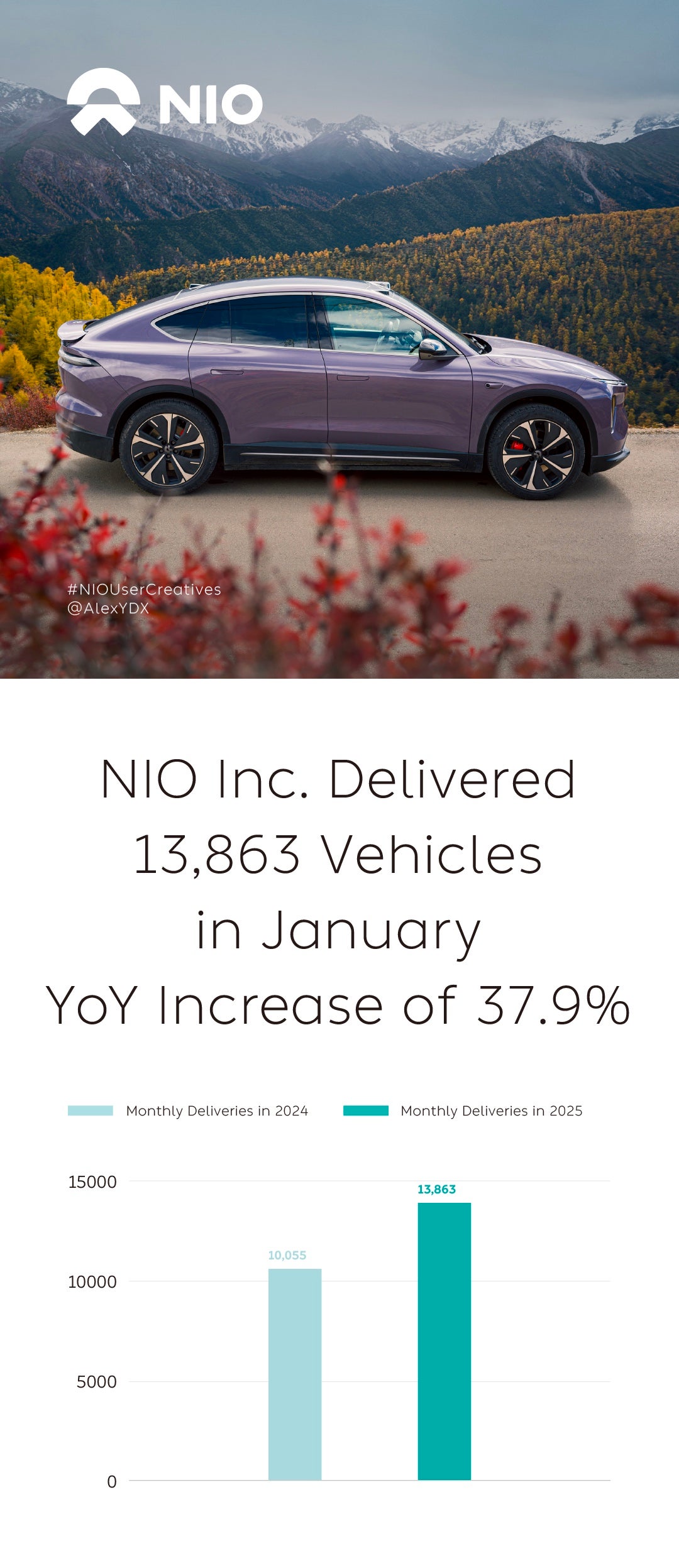










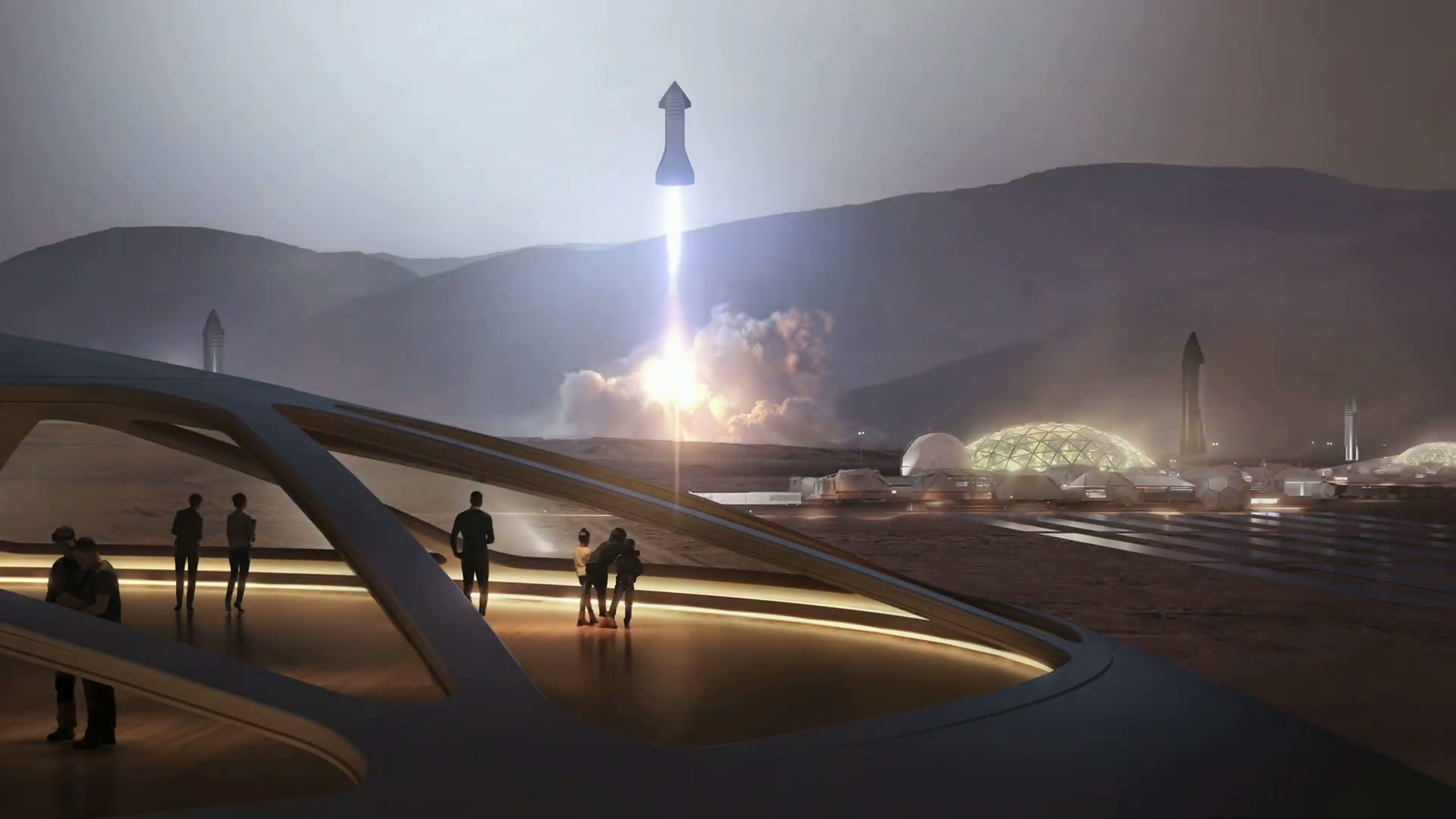





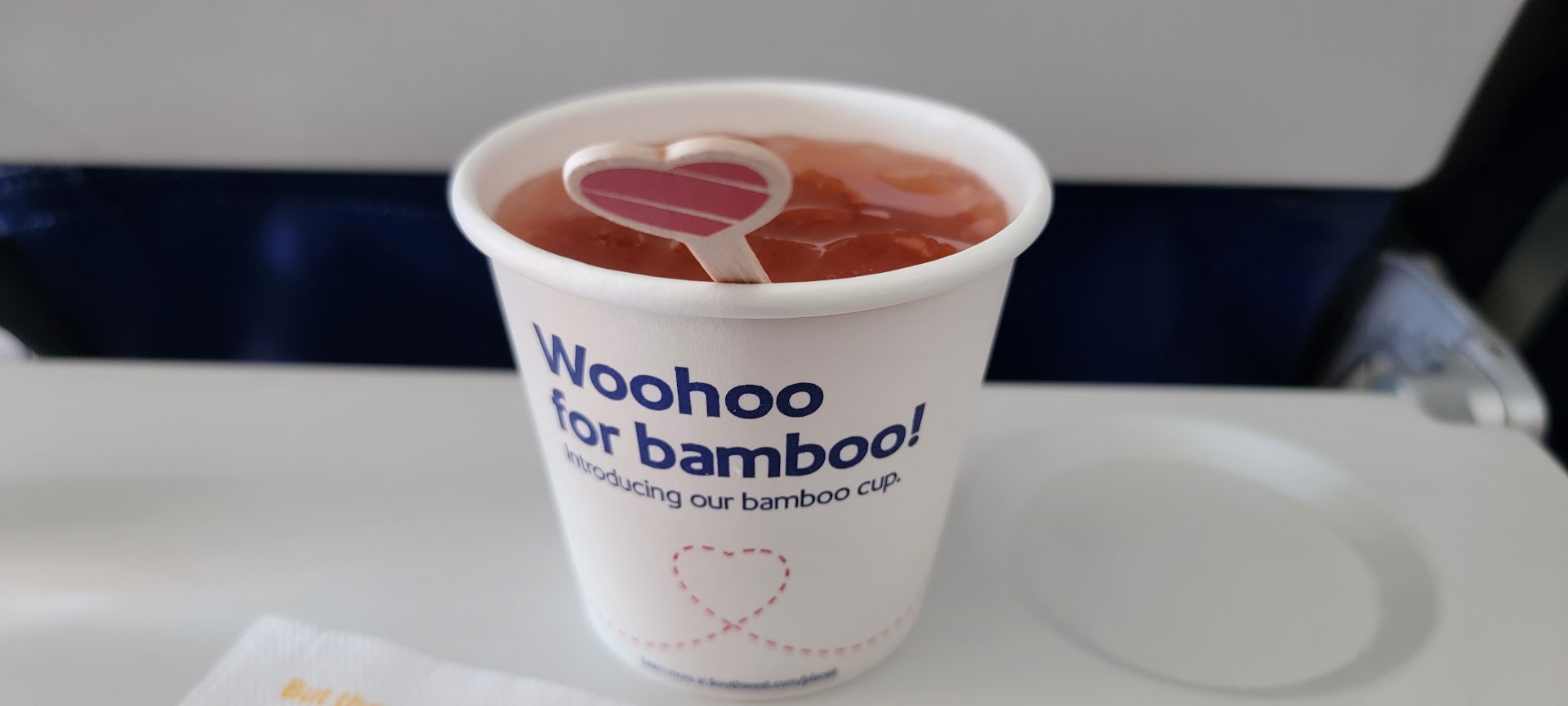
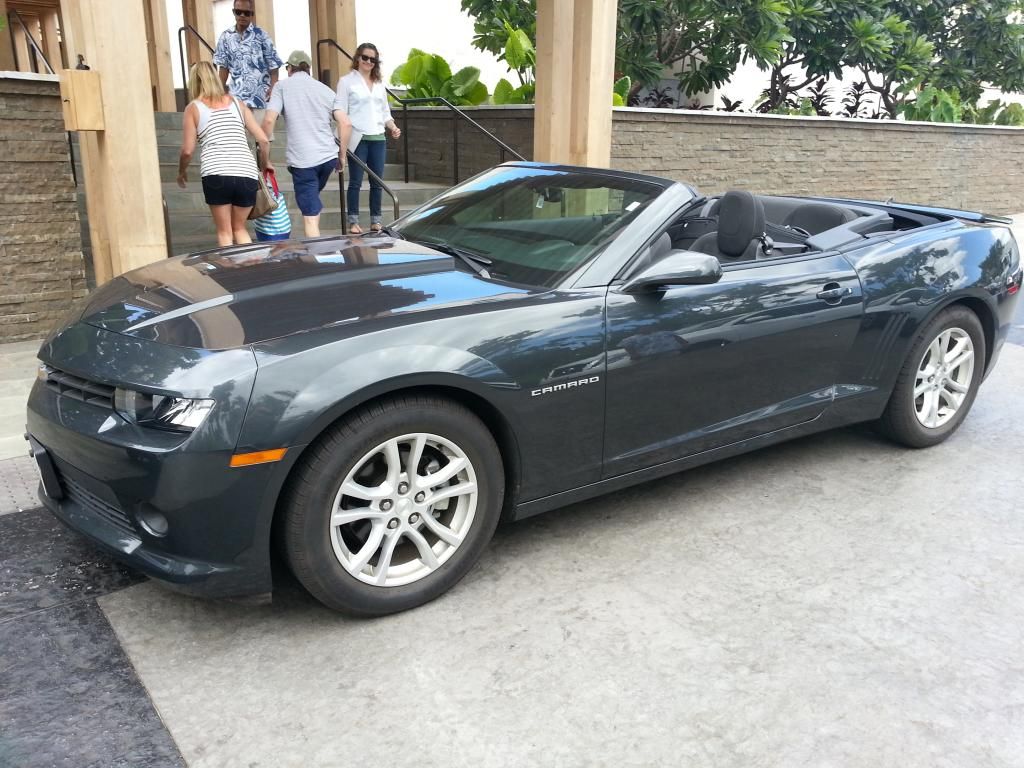
![Gay Catholic United Flight Attendant Axed After ‘Sex Is Unchangeable’ Remark—Raises Enough Money To Sue [Roundup]](https://viewfromthewing.com/wp-content/uploads/2025/02/DALL·E-2025-02-03-08.46.00-A-high-contrast-digital-montage-combining-aviation-Catholic-symbolism-and-legal-imagery___-Central-figure_-A-stern-looking-male-flight-attendant-in.webp?#)
